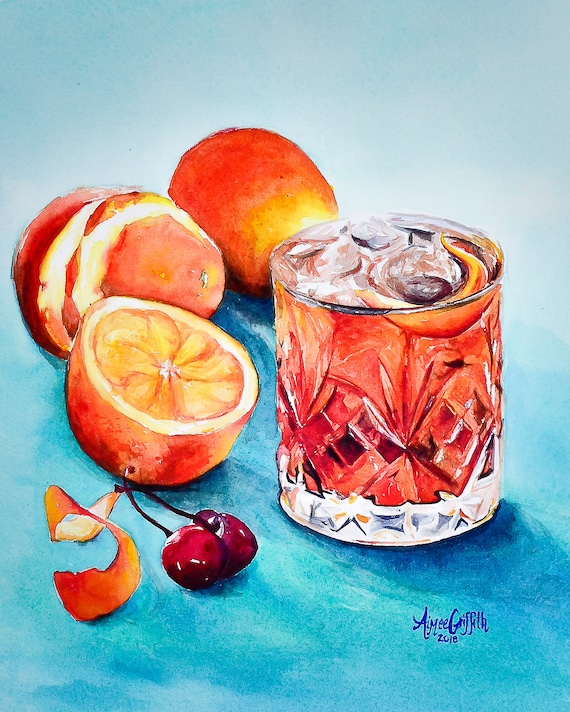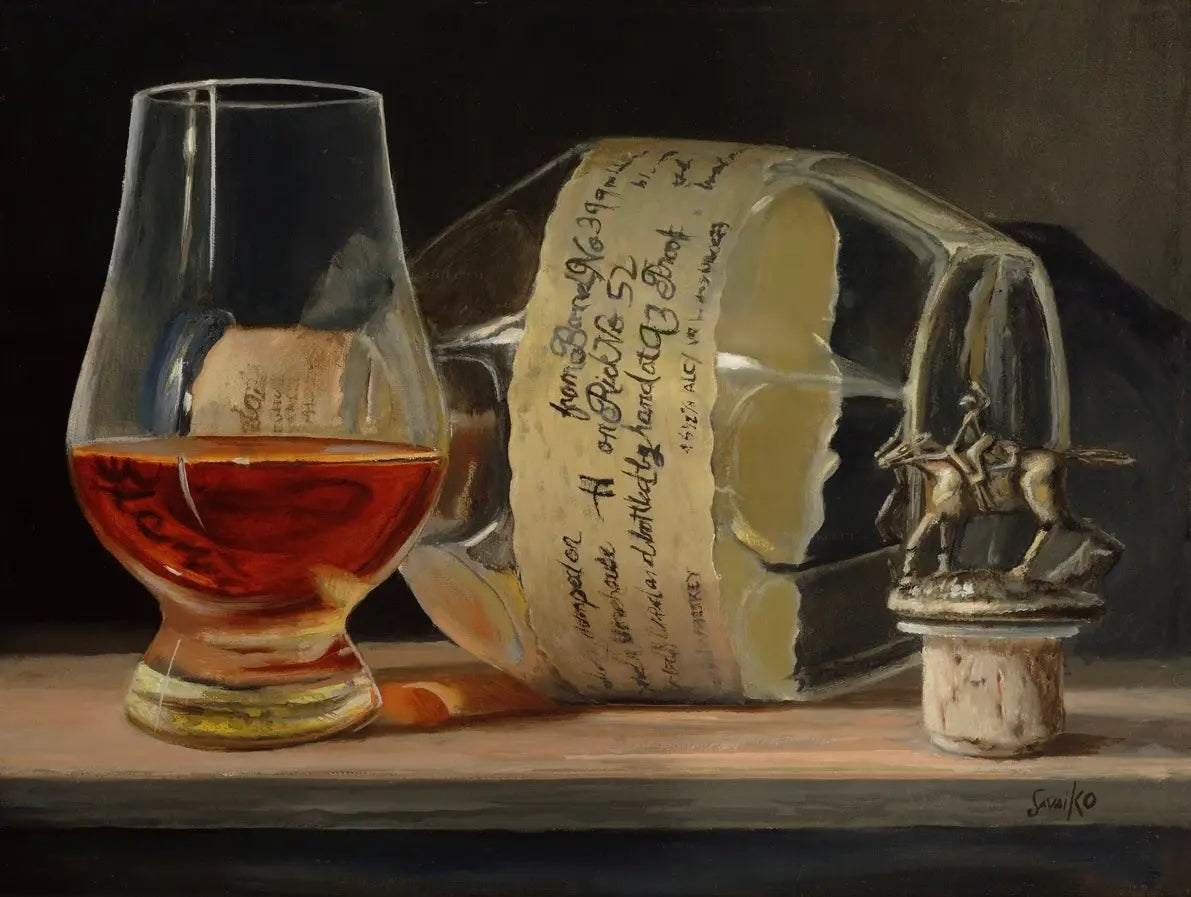Limited Edition Bourbon Art: Why Collectors Are Flocking to Distinct Finds
Limited Edition Bourbon Art: Why Collectors Are Flocking to Distinct Finds
Blog Article
The Importance of Whiskey Art in Celebrating Heritage and Craftsmanship in the Beverage Sector
The elaborate connection in between bourbon art and the party of heritage and workmanship within the beverage market can not be overemphasized. With thoughtfully designed containers and tags, whiskey brand names encapsulate their historic roots and the artisanal abilities that define their manufacturing techniques.
The Historic Roots of Whiskey
At the heart of scotch's allure exists a rich tapestry of historic roots that map back to old people. The origins of scotch can be connected to the distillation techniques of the Sumerians and Babylonians around 2000 BCE, where early types of fermented grain beverages began to arise. However, it remained in the Center Ages that the art of distillation advanced substantially, particularly in Ireland and Scotland, causing the creation of scotch as we understand it today.
The term "whiskey" itself originates from the Gaelic word "uisce beatha," indicating "water of life." This expression underscores the cultural value of whiskey in Celtic societies, where it was commonly connected with rituals, celebrations, and common bonding. By the 15th century, purification came to be a recognized craft within monastic neighborhoods, leading the means for the establishment of legal distilleries.
As trade paths broadened, bourbon's appeal expanded, transcending regional limits and catching the rate of interest of lovers worldwide. Realism Art. This historical journey reflects not only the craftsmanship behind scotch production however likewise its important duty in social and social contexts, noting it as a substantial drink throughout background
Artistic Expression in Branding
Bourbon branding stands as an engaging junction of virtuosity and business, where aesthetic identification plays a critical duty fit customer understanding. The visual appeals of whiskey labels, packaging, and marketing products mirror not just the brand's story but additionally its core worths and heritage. With creative expression, distilleries communicate a narrative that reverberates with customers, stimulating feelings and sparking connections.
The use of shade, typography, and imagery in branding serves to set apart products in a saturated market. Traditional themes may stimulate a feeling of authenticity and craftsmanship, while contemporary designs can symbolize advancement and forward-thinking. This calculated creative direction enhances brand name recognition and commitment, enabling consumers to create a personal partnership with the whiskey they pick.
Furthermore, imaginative expression in branding frequently acts as a celebration of local heritage. Distilleries regularly incorporate regional symbols or historical referrals into their styles, creating a local color that welcomes consumers to take part in a more comprehensive cultural experience. Eventually, the virtuosity behind whiskey branding not only improves aesthetic appeal however likewise improves the overall narrative of the brand, cultivating a much deeper appreciation for the craftsmanship and heritage ingrained in each container.
Workmanship in Container Design
The artistry obvious in bourbon branding expands past visual identity to encompass the craftsmanship associated with container layout. Each container acts as a vessel not just for the spirit within, but also for the story it outlines its practice, origin, and quality. The design process requires precise interest to detail, as aspects such as closure, form, and material contribute significantly to the overall perception of the bourbon.
Workmanship in container style includes choosing premium glass that can improve the scotch's color and clearness, while also providing a tactile experience for the customer. The shape of the bottle should be both cosmetically attractive and functional, frequently reflecting the heritage of the brand name. Lots of distilleries select special shapes or embossed logo designs that stimulate a sense of authenticity and background.
Furthermore, the label layout and typography play a vital role in connecting the brand name's narrative. Realism Art. A well-crafted container not only mesmerizes the consumer's eye but additionally strengthens the brand name's dedication to quality and practice. By doing this, the craftsmanship of container style comes to this content be a vital facet of the bourbon experience, merging virtuosity with a profound regard for heritage
Cultural Value of Scotch Art
Commemorating tradition and workmanship, the cultural relevance of bourbon art transcends plain appearances, intertwining with the social and historic narratives of the areas from which it comes from. Each container serves as a canvas, illustrating the unique stories, mythology, and traditions that have formed neighborhood whiskey-making practices. The complex layouts typically mirror the heritage of the distillers, incorporating signs and themes that reverberate with the culture and values of their neighborhoods.

In addition, bourbon art plays an important duty in common celebrations and events, acting as a tangible web link between people and their shared experiences. By valuing the artistry in scotch packaging, consumers grow a deeper understanding and regard for the craft, inevitably enhancing their satisfaction of the beverage itself.
Modern Trends in Scotch Discussion
In recent times, the presentation of bourbon has actually developed to mirror contemporary tastes and patterns while still recognizing traditional craftsmanship - Realism Art. Distilleries are increasingly focusing on visual components that enhance the general alcohol consumption experience, linking the gap between heritage and modernity
Ingenious container layouts have emerged, commonly including sustainable materials and creative tags that inform engaging tales. Many brands now work together with neighborhood musicians, instilling their products with unique visual expressions that resonate with consumers. Furthermore, limited-edition launches are commonly packaged in collectible containers, including worth and allure for aficionados.
Conclusion
In verdict, whiskey art works as a crucial avenue for expressing the heritage and craftsmanship intrinsic in the drink industry. Through complex branding, cutting-edge bottle styles, and culturally considerable imaginative components, whiskey brands efficiently recognize their practices and attach with customers. This artistic narrative not only elevates the gratitude of scotch however additionally enhances area identification and satisfaction amongst manufacturers. Inevitably, bourbon art plays an essential role in preserving and celebrating the rich cultural tapestry of whiskey-making.


Workmanship in bottle design entails picking top notch glass that can improve the whiskey's color and quality, while likewise offering a tactile experience for the customer. In this method, the craftsmanship of container style ends up being a vital facet of the scotch experience, merging virtuosity with an extensive respect for news heritage.
In verdict, scotch art serves as an essential channel for expressing the heritage and workmanship intrinsic in the beverage sector.
Report this page